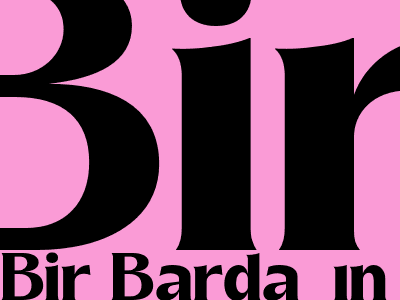
Bir Bardağın Yarısı Dolu Ise Kaçta Kaçı Boştur
Glass Half Full or Half Empty? A Philosophical Perspective
The Dichotomy of Perception
The adage "the glass is half full or half empty" epitomizes the enduring debate between optimism and pessimism. This seemingly innocuous phrase encapsulates a profound philosophical quandary, inviting us to question the nature of reality and our own subjective experiences.
Delving into the Duality
Those who perceive the glass as half full tend to adopt an optimistic outlook, focusing on the abundance of what they have rather than what they lack. They may see the glass as a symbol of opportunity, potential, and the possibility of fulfillment. On the other hand, those who view the glass as half empty often exhibit a pessimistic mindset, dwelling on the absence of what they desire and emphasizing the limitations of their current situation.
Subjective Interpretations
The interpretation of the glass as half full or half empty is highly subjective. Our beliefs, values, and past experiences shape our perceptions, ultimately influencing how we view the world around us. For instance, an individual who has faced adversity may be more likely to adopt a pessimistic outlook, while someone who has experienced numerous successes may be more inclined towards optimism.
Environmental Factors
Environmental factors can also play a role in shaping our perceptions. Socioeconomic status, cultural norms, and societal expectations can influence how we view the glass. For example, individuals living in poverty may be more likely to perceive the glass as half empty, as they may face significant challenges and limited opportunities.
The Value of Perspective
There is no inherently "correct" way to perceive the glass. Both optimism and pessimism have their merits and can influence our behavior in different ways. Optimism can foster resilience, motivation, and a sense of well-being, while pessimism can lead to caution, preparation, and risk aversion.
Balancing the Extremes
The key lies in finding a balance between the two extremes. By acknowledging both the positive and negative aspects of a situation, we can develop a more nuanced understanding of reality and make more informed decisions. Embracing a balanced perspective allows us to remain hopeful while also being realistic about the challenges we face.
The Power of Choice
Ultimately, the choice of whether to see the glass as half full or half empty is up to each individual. By recognizing the subjective nature of perception, we gain the power to shape our own perspectives. We can choose to focus on the abundance of what we have and the potential for growth, or we can dwell on the limitations and obstacles that stand in our way.
Embracing a Positive Mindset
While it may not always be easy, cultivating a positive mindset can have profound benefits for our well-being and success. By choosing to view the glass as half full, we can unlock a wealth of opportunities, foster resilience, and live more fulfilling lives.
Komentar